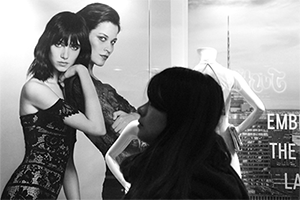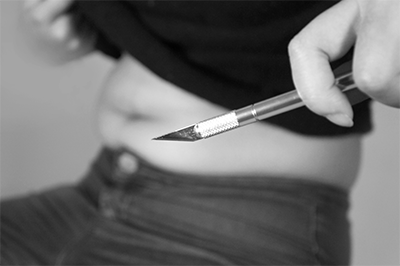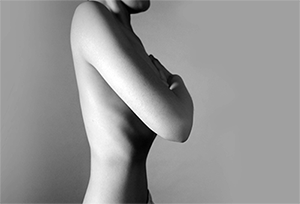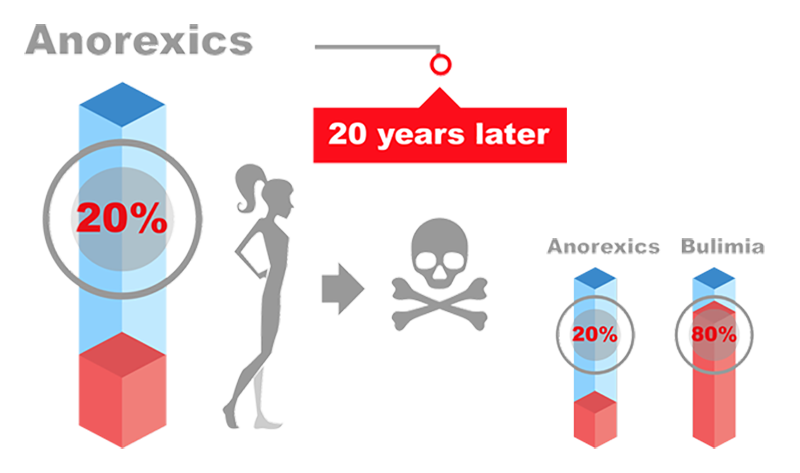
Here is a slow changing mind setting campaign to help women regain confidence. This pictorial is a collection of pictures that intents to raise awareness about how the marketing industry, especially in fashion, affects the mental health of women.
Woman
Here's the video introduction of a concept which has three stages. 1. Attemps to make women reflect on the current trends; 2. Aims to encourage women to regain their confidence; 3. The naked back challenge.
The marketing industry has stereotyped the way women should look like through advertising campaigns, creating wrong role models in our society.
These four pictures try to inspire the reflection on the influence of fashion advertising in women.




This picture tries to illastrute the result of the data.

Our professor inspiered us to become the A3 challenge in the first stage of our concept. A Humorous way to turn around the famous A4 challenge which encouged young women to be skinnier. Pictures of us and our classmates were taken during class.
The Encouraging scale. Placing stands with scales in public spaces is the second stage of our concept. Those scales tells women before displaying the weight measurement that they are perfect. Encouraging messages pop up every time someone step on the scale.
Showing your body: The naked back challenge #loveurbody.Finally, the third stage of the campaign is to incite women to take pictures of their naked backs feeling proud of who they are, and post it on social media. (#loveurbody)